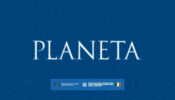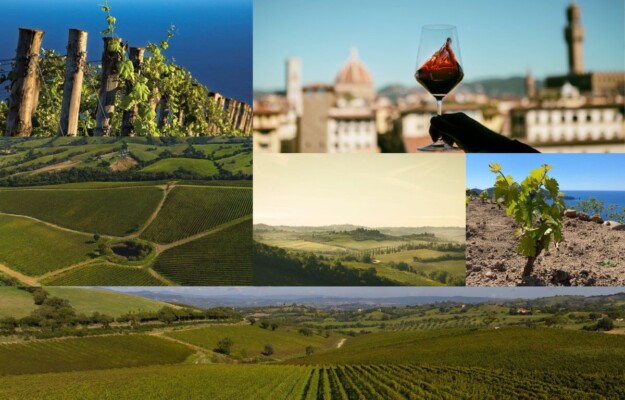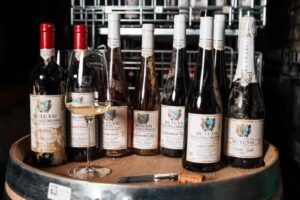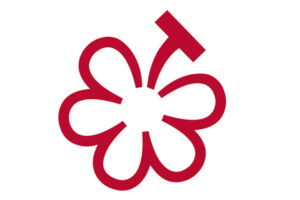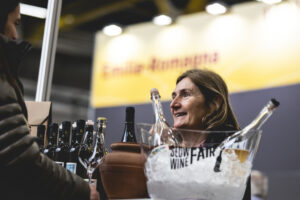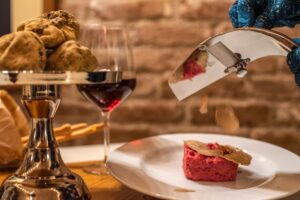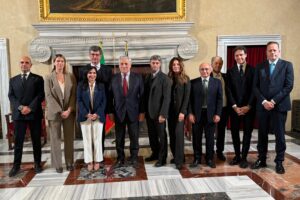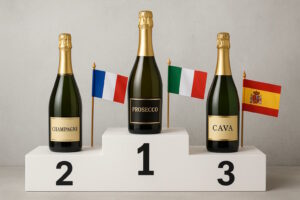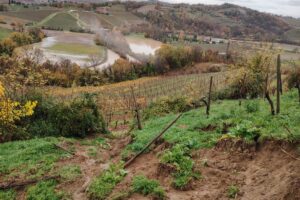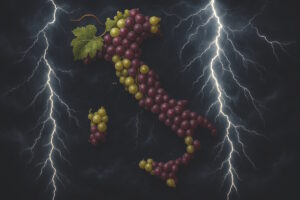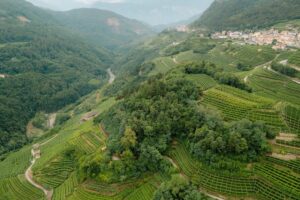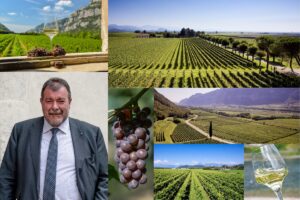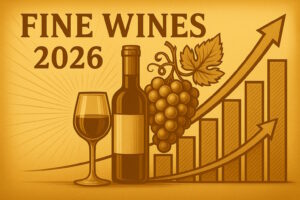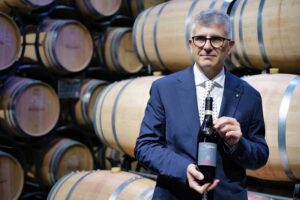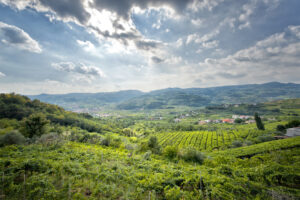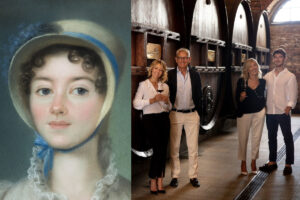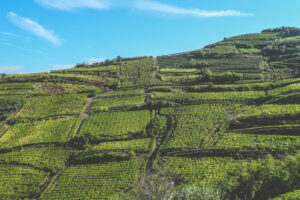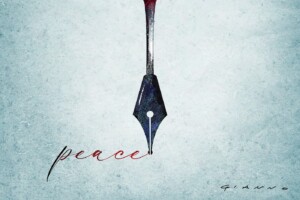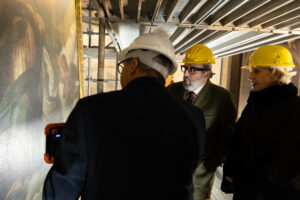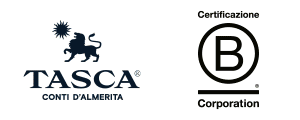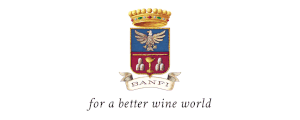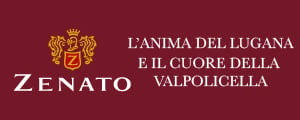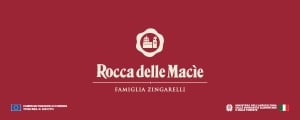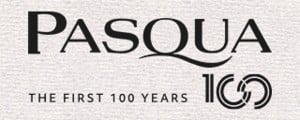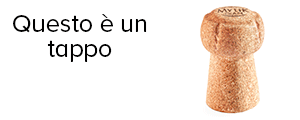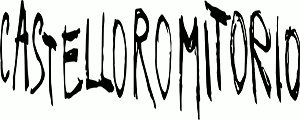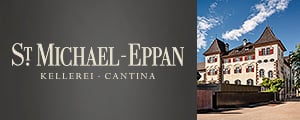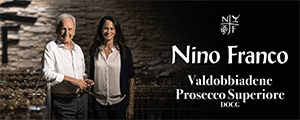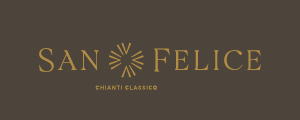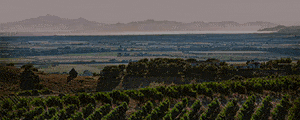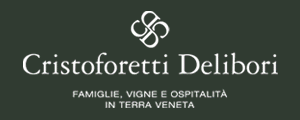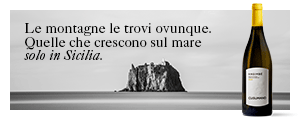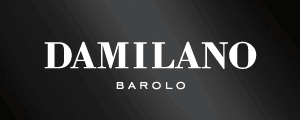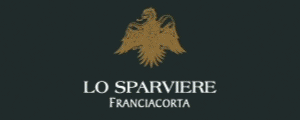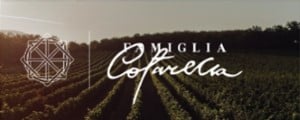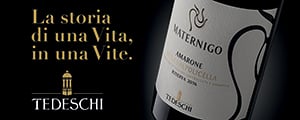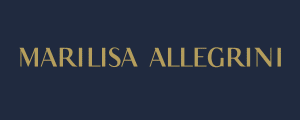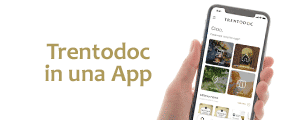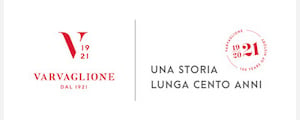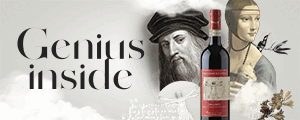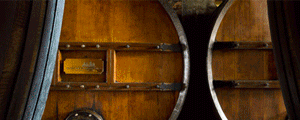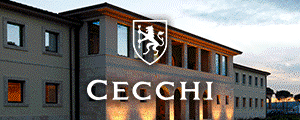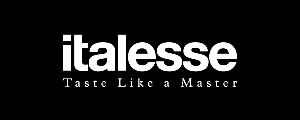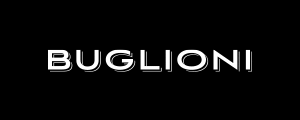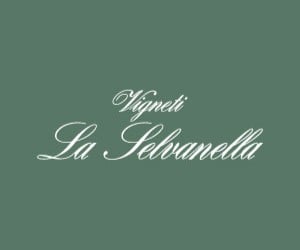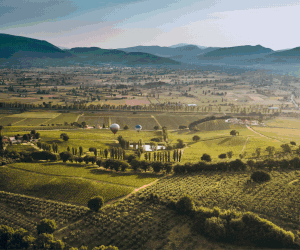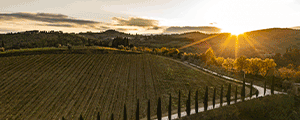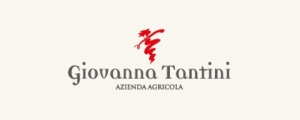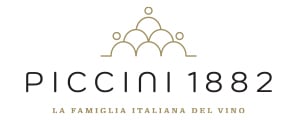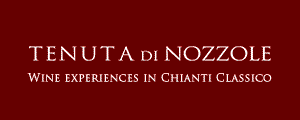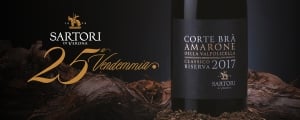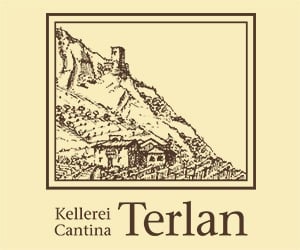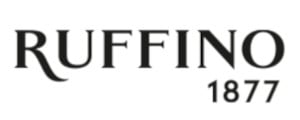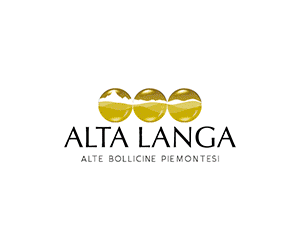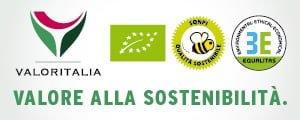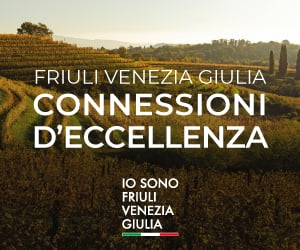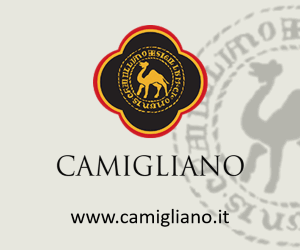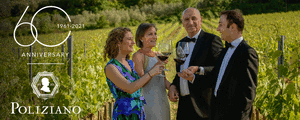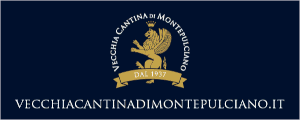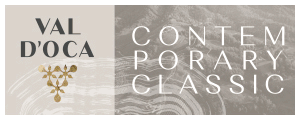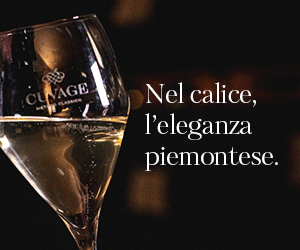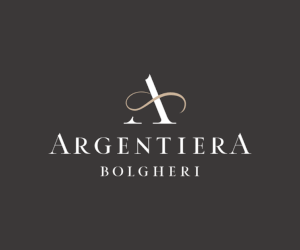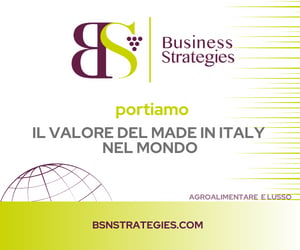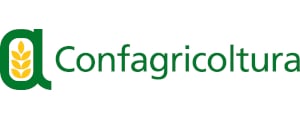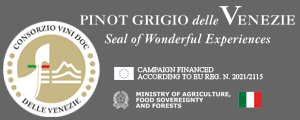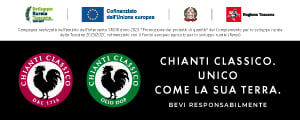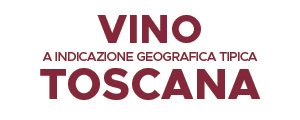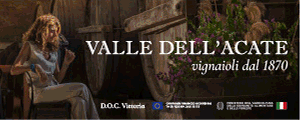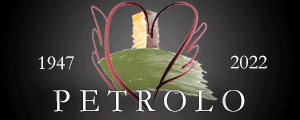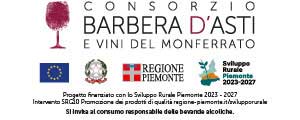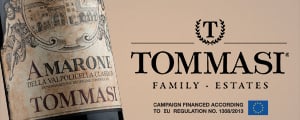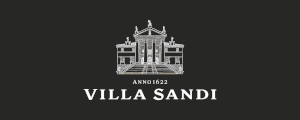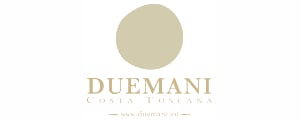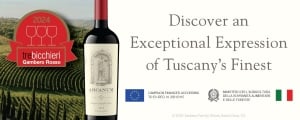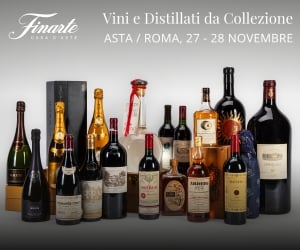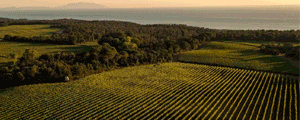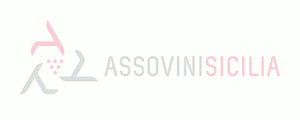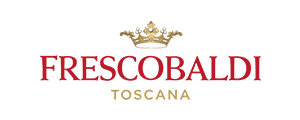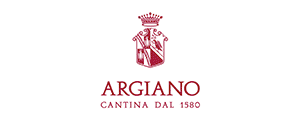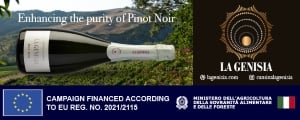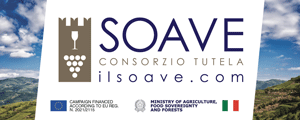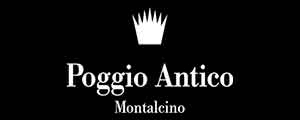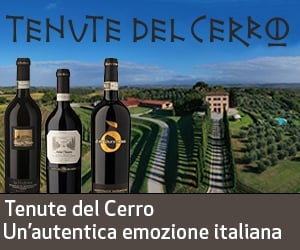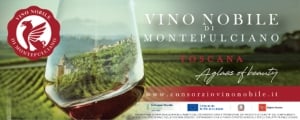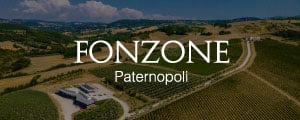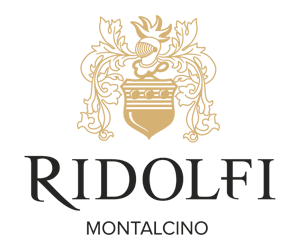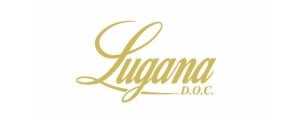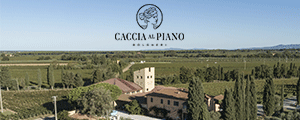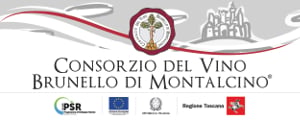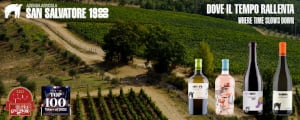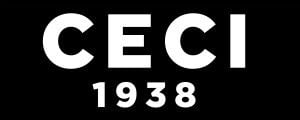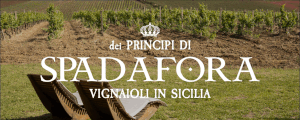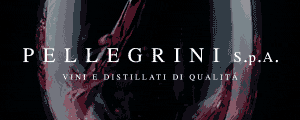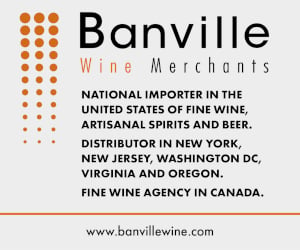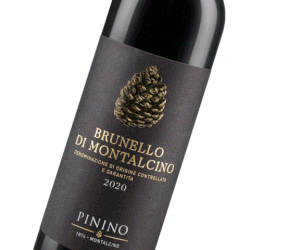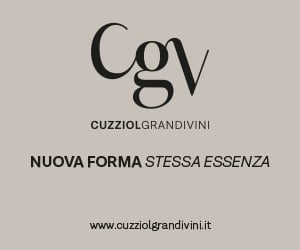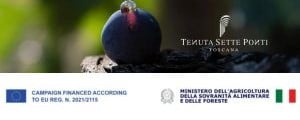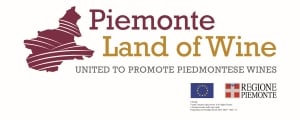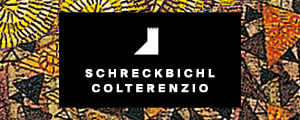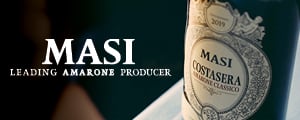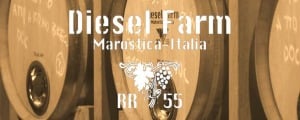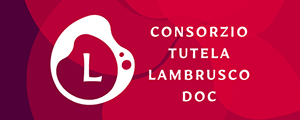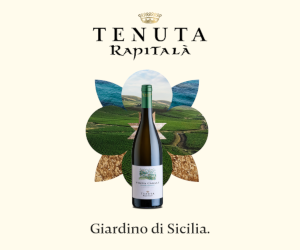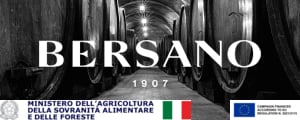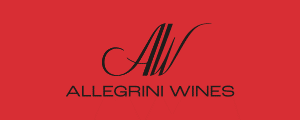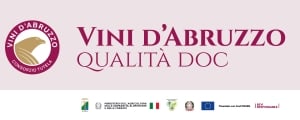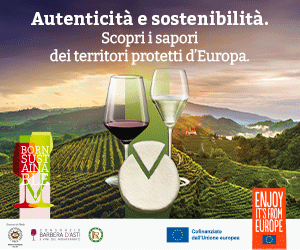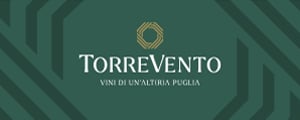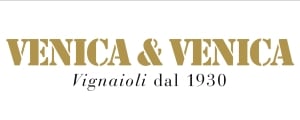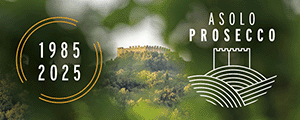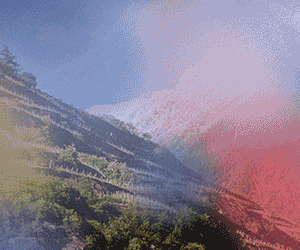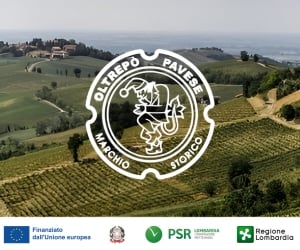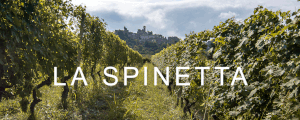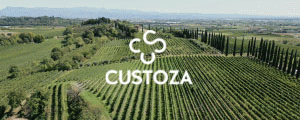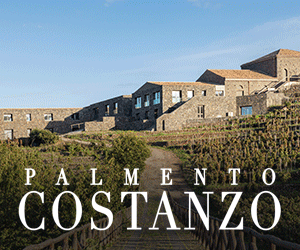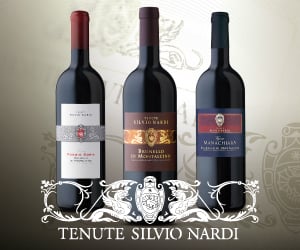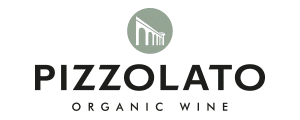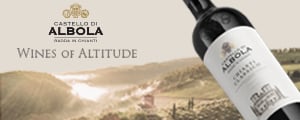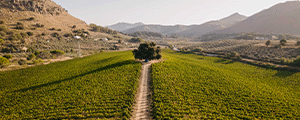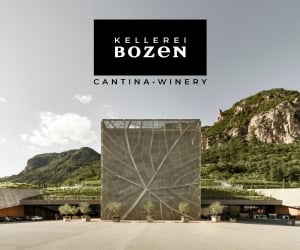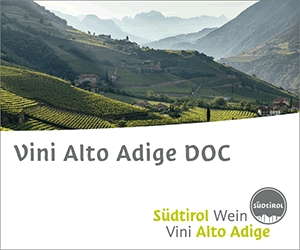Famous also for its very strong parochialism, Tuscany of wine is trying to turn the tide, to make a system and to aggregate around its strongest and best-known brand in the world, which is, indeed, “Tuscany”. And if today in Florence, at the Preview of “L’Altra Toscana”, which brings together 13 PDOs and IGTs of the Tuscan region that, as Francesco Mazzei, president of the Association and of the Maremma Wines Consortium, recalls, “represent 40% of the entire Tuscan production and tell a very varied wine proposal, with many new products that, I am sure, will attract great interest from the markets”, news also arrives that it will be the Consortium of the great Tuscan Igt (390 members, which become 1. 600 considering the winegrowers belonging to cooperatives, 15,000 hectares of vineyards, 89 million bottles certified in 2024 and a production value of 500 million euros), to protect the wines of the dynamic Igt Costa Toscana, to date promoted by the Association of the Great Cru of the Tuscan Coast, led by Duccio Corsini, which involves the coastal strip in the provinces of Massa, Lucca, Pisa, Livorno and Grosseto, for 1,500 hectares planted with vines, 5 million bottles and 64 producers. Many of whom are producers of both the one and the other IGT. This was announced yesterday at a convivial event at Palazzo Corsini, in Florence, by Duccio Corsini himself, in the presence of, among others, producers and the Tuscany Region’s Councillor for Agriculture and Vice President Stefania Saccardi, according to whom this, as he explained to WineNews, “is a beautiful signal and a process that has begun and that, in my opinion, can also lead to an enlargement of the participants in this initiative, under the identity of Tuscany”.
“The Association and the Consortium, at first glance, would seem to be at odds; what’s the point, they would say in San Frediano”, says Duccio Corsini, president of the Tuscan Coast Grand Cru Association, “common sense, I say. Tuscany is the home of great wines and Florence is the capital. There is no need for another Consortium to promote and protect the Indication, we already have Vino Toscana Igt with its organization that could carry through the work begun years ago. The Tuscan Coast remains, in my opinion, among the most dynamic production areas in Italy. We are all here together to start a unified path and the binder is: Costa Toscana Igt”.
The Toscana Wine Consortium, therefore, will be responsible for protecting and enhancing not only Toscana Igt wine but also Costa Toscana Igt wine. With the enrollment of the Costa Toscana Igt wineries, the Vino Toscana Consortium will be even more committed to developing and managing this very important part of the wines produced in Tuscany and achieve the goal of having erga omnes for both Toscana Igt and Costa Toscana Igt.
“I would like to thank Duccio Corsini”, says Cesare Cecchi, president of the Tuscan Wine Consortium, “for wanting the producers to join our Consortium; this trust stimulates him and his structure to work to have ministerial recognition for the Costa Toscana Igt as well and thus give the same producers the opportunity to protect and promote this Geographical Indication with all the rights that recognition brings. It is to be hoped that an existing structure such as the Consorzio Vino Toscana Igt, which has recently completed the same path that the Costa Toscana Igt is about to undertake, can guarantee the technical and administrative support to make sure that the Igt Costa Toscana is also protected and promoted”.
The Toscana Igt Wine Consortium in order to promote the knowledge of Toscana Igt Wine has in place a precise and well-defined program that ranges from participation in initiatives such as the “Previews of Tuscany” to the presence at fairs such as Vinitaly. It has also begun the process of making some changes to the specification to make it more contemporary, and is working to register the “Toscana” trademark in the world and protect it. “Communicating the territory has been the foundation of our programs in the past and will be the cornerstone of activities in the near future. We are passionate custodians of our landscapes; we dedicate our skills, curiosity and imagination to the territory”, Corsini concludes.
A joint path, then, that is beginning and that the Tuscany Region is very pleased with, as Councillor for Agriculture and Vice President Stefania Saccardi explains to WineNews, which sees wine Tuscany uniting rather than dividing, as has often happened in the past. “We are uniting under the name Tuscany. I think it is a beautiful signal, a process that has begun and that, in my opinion, can also lead to a broadening of the participants in this initiative. This is how we start, with wines from the Coast, in addition to the Igt Toscana, a Coast that brings together from the heroic wines of Lunigiana to the Tuscan Maremma, which is making extraordinary strides on wine, even experimenting with Vermentini wines that are growing so much, and native grape varieties such as Ciliegiolo, traditional, but not only. So it’s an important experiment that I hope will be the beginning of a path that will aggregate the territory even more”.
One would say, then, the great tradition that remains in the great classic territories, such as Montalcino, Bolgheri, Chianti Classico and Montepulciano, for example, and the modernity of Tuscany that is concentrated in the Igt. “A very good summary”, comments Tuscany Region Vice President Stefania Saccardi, “it seems to me a beautiful picture. And I don't think this is in contradiction with respecting also the diversities, particularities and specificities of the territories. On the one hand we have, Chianti Classico that has made the Uga, the Additional Geographical Units, as well as Montepulciano that has made the Pievi. So it is true that there is an attempt to link and tie more and more wines to the territory, but all this can also fit very well under the identity of Tuscany, which is an extraordinary added value always and in any case for our wine in the world”.
It is hard to see, however, whether in the future we may see further minor mergers, not to trivialize, of course, but to simplify the narrative of Tuscany’s winemaking greatness, and speak more directly to the world. “But why not?” replies Saccardi. “We are very careful about respecting our own identities and territories, and it is also true that even in not very large territories there are different wines, you never drink the usual wine, so certainly there is a need to respect the specificities, the particularities, the link with the territory, because in Tuscany”, recalls Councillor Saccardi, “you do not sell a product, but you sell a territory with its traditions, with its values, with its history, with its beauty. However, it is also true that, perhaps, we also need to learn to be more of a team even in the wine sector. Just look around and we see countries or regions that perhaps do not express the quality of Tuscany, coming together and presenting themselves stronger than the world. Here, I believe that, in a phase also of great uncertainty at the international level such as the one that is opening, all in all being able to team up today is a value, because alone in a situation of this kind you don’t win, you don’t save yourself”.
And, in the meantime, a concrete example comes today, precisely, from the Preview of “L’Altra Toscana”, in Florence, directed by Scaramuzzi Team, which features new vintages of Maremma Toscana, Montecucco and Montecucco Sangiovese, Cortona, Chianti Rufina, Terre di Casole, Suvereto, Val di Cornia and Rosso della Val di Cornia, Carmignano, Barco Reale di Carmignano and Vin Santo di Carmignano and Igt Toscana being tasted together.
“The goal is to give voice to little-known territories and wines, but which stand out for increasingly high quality peaks”, explains Francesco Mazzei at the head of the “L’Altra Toscana” Association, which promotes the event, and president of the Consortium for the Protection of Tuscan Maremma Wines, which is leading the way, “with “L’Altra Toscana” we embarked, years ago, on a path of valorization and communication of the countless diversities that characterize us, great teamwork has been done in order to be able to offer guests a journey among denominations that are born in magnificent territories and that still have much to tell. We represent 40% of the entire Tuscan production and tell a very varied enological proposal, with many novelties that, I am sure, will gain great interest from the markets”.
Five tasting routes have been designed for the 2025 edition: the whites, made from native and international grape varieties, including bubbles; the Sangiovese, a route that includes all red and rosé wines produced with a prevalence of the Sangiovese grape variety (minimum 85%); the Sangiovese blends, with red and rosé wines produced with the contribution of the Sangiovese grape variety from a minimum of 10% to a maximum of 80% in blends with other native and/or international varieties; the internationals, with red and rosé wines produced with international varieties, either in purity or in blends; and the other natives, which includes all red and rosé wines produced with native varieties other than Sangiovese, such as Ciliegiolo, Alicante and Mammolo. Examples of the great variety that Tuscany has to offer, and which becomes even more fascinating with the ability to tell their stories together.
Copyright © 2000/2025
Contatti: info@winenews.it
Seguici anche su Twitter: @WineNewsIt
Seguici anche su Facebook: @winenewsit
Questo articolo è tratto dall'archivio di WineNews - Tutti i diritti riservati - Copyright © 2000/2025

